Review: Gold Diggers of 1933 (1933)
As a kid, The Golden Age of Hollywood was always elusive and mysterious to me. I knew so little about it, but I could recognize that it was the inspiration for so much of the entertainment that was geared toward me during childhood. This was the era of Indiana Jones, Dick Tracy, and The Rocketeer, when current big screen blockbusters were paying tribute to the good old days in very clear ways. An early trip to Disney's MGM Studios shortly after it opened further cemented my interest; years before the theme park partnered with the likes of Aerosmith and American Idol, it was conceived as a living tribute to the classic Hollywood of myth, the Hollywood that only existed on cinema screens. Imagine that: a theme park dedicated entirely to the movies! The main street of MGM Studios--named Hollywood Boulevard, of course--was lined with kiosks selling old movie magic. Head shots of famous actors such as Clark Gable could be purchased beneath the shadow of a replica of The Crossroads of the World, which had seemingly been plucked directly out of the 1930s and placed in the middle of Florida. The Great Movie Ride was an education in everything from gangster pictures to John Wayne westerns, a greatest hits of film in the form of a dark ride with high production values designed to educate as well as entertain. The Imagineers behind the park went through great lengths to make their guests feel as if they'd traveled back in time to the heyday of the motion picture industry. For a budding movie fan, it was an electric experience. I was captivated.
Why this walk down memory lane? Because watching Gold Diggers of 1933 from Warner Bros. gives me the same feeling that visiting that theme park did some thirty years ago. Just writing about it here makes the hairs on my arm stand up, like I've got electricity coursing through my veins. This buzzing feeling doesn't just happen when I watch the movie; it even happens when I write about it. This movie--and others like it--has a physical effect upon me. The film represents Pre-Code cinema at its absolute pinnacle, combining beautiful and talented actors with unbelievably-big production values and the stunning, kaleidoscopic choreography of Busby Berkeley to craft something the likes of which hasn't been seen on a movie screen in almost 90 years. I'm fond of saying that the 1930s are my favorite era of cinema; truly, during this singular decade, everything was achieved: gangsters, treasure hunters, huge musicals, science fiction epics, ghastly horror, romantic comedies, heartbreaking tragedies...one simply cannot name a kind of movie that wasn't perfected during the Thirties, an era that begins with All Quiet on the Western Front and ends with Gone with the Wind and The Wizard of Oz.
As with other, similar productions, this film is populated with some of the absolute best. King of the Pre-Code Warren William gets top bill, but the rest of the cast is equally iconic: Joan Blondell, Aline MacMahon, Ruby Keeler, Dick Powell, Guy Kibbee, Ned Sparks, Ginger Rogers, even a very young Billy Barty all make notable appearances. Sterling Holloway (the future voice of Winnie the Pooh and a delightful oddball) and Hobart Cavanaugh have small parts, too. At the risk of once again sounding like an old man, each of these actors had skills and talents that modern performers can rarely touch. At any given point, many of these stars would act, sing, or dance. Within the first few minutes of the film, Ginger Rogers has given us a memorable vocal on "We're In The Money" (complete with a verse entirely in pig latin!) and participated in the dance routine. Ruby Keeler sings a duet with Dick Powell and then takes a tap solo. Because of the nature of show business and Vaudeville, movies often represented the absolute best of the best in terms of talent, skill, and discipline.
Then there's the musical number in which Dick Powell and Ruby Keeler sing "Pettin' in the Park" which is literally about going to a public park and getting frisky in the open air. "Come on, I've been waiting so long / Why don't we get started / Come on, maybe this is wrong / But gee, what of it? We just love it." Turn on Top 40 radio and tell me we've changed since 1933. These are just a few examples of blatant sexuality in this film, but there are many more. I realize that reading these elements separated from their context may make them sound sensational, or--for the particularly modest--even distasteful. On the screen, this is all done so joyfully and playfully that it's hard not to have a good time with it and enjoy the spirit of freedom and liberation that it represents. One year later, the Code would become heavily enforced and all the playful adult fun represented by this movie would be gone forever. Sure, adult elements would return to the screen decades later, but they'd never feel this innocent or cheerful.
Gold Diggers of 1933 is part of a series of films that began as a play in 1919. A silent adaptation was made in 1923 and a talkie version--Gold Diggers of Broadway--followed in 1929. The plot of each film involves women who want to find a wealthy man but find true love in the process. This 1933 film was the most successful WB movie of the year, ensuring three sequels: Gold Diggers of 1935, Gold Diggers of 1937, and Gold Diggers in Paris (1938). The movies would come to embody the traditional 'backstage musical" style of film, but none of the entries before or after the 1933 film have quite the same winning formula as this Pre-Code gem.
Now the movie finds new life on Blu-ray from Warner Archive with a stunning transfer that looks incredible. Compared to the old 2006 DVD, the new disc is a revelation. The contrast and natural film grain look just about perfect, removing any and all distance between us and the people who made this movie so many years ago. All of the supplements from the 2006 DVD have been ported onto the new Blu-ray. First is a 15-minute retrospective in which contemporary film critics discuss the movie and provide social and political context for the time in which it was made. Interestingly, one of the speakers mentions the political conflict and the dire living conditions of 1933, saying essentially that "because we'd come so far, we'll never know what these movies meant to audiences of their time." If only he could have seen where we were headed! Due to the events of the last few years, The Gold Diggers of 1933 feels more relatable than ever. Three animated shorts are included, and all of them are connected to the feature film in the form of music. The shorts are: I've Got To Sing A Torch Song, Pettin' in the Park, and We're in the Money. At least one of the shorts appears to be presented in HD. Three live-action shorts are also included: Rambling Round Radio Row, The 42nd Street Special, and Seasoned Greetings. The theatrical trailer is here as well. All in all, the extras total around an hour's worth of material, though the disc lacks the "Warner Night at the Movies" play-all feature that I love so much. What I wouldn't give for a Leonard Maltin introduction.
It would be an understatement to say that I'm a fan of this movie and its Pre-Code musical brethren, 42nd Street and Footlight Parade. These movies represent the full capability of Hollywood at its Golden Age best, before the Code crackdown that led to much tamer fare. It's a wild movie with sensational performances, absolutely gorgeous people, and the unparalleled choreography of Busby Berkeley. If you're reading this and haven't yet dipped your toes into the early years of Hollywood, consider Gold Diggers of 1933 as a great place to start. For fans of the movies and the magical worlds of wonder that the screen allows us to visit, it simply doesn't get any better than this.


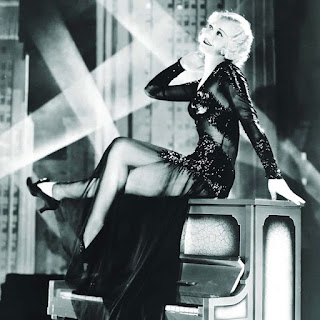

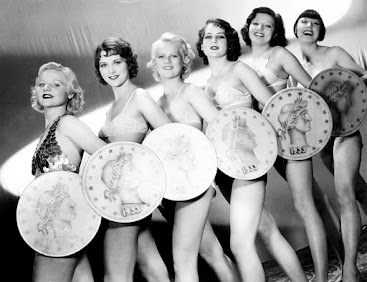
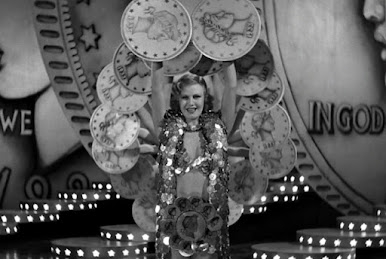
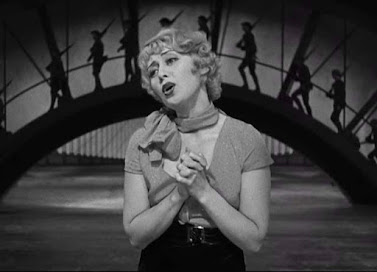
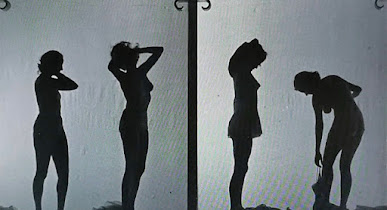
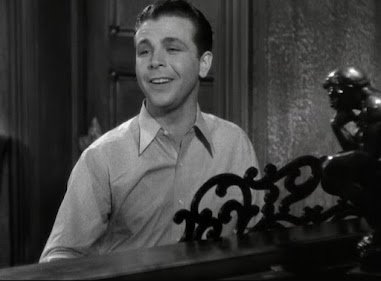
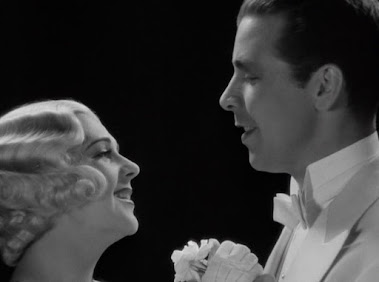





Comments
Post a Comment